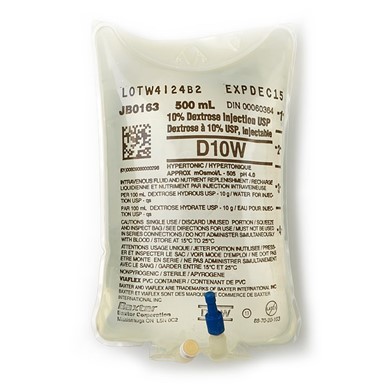A nurse is providing information for a client who has a new prescription for simvastatin. For which of the following should the nurse instruct the client to monitor and report to the provider?
Weight loss
Muscle weaknesss
Fever
Edema
The Correct Answer is B
Choice A reason
Weight loss is not the correct answer: Weight loss is not a common side effect of simvastatin. In fact, weight loss is generally not associated with statin use. If the client experiences significant, unintentional weight loss, it may indicate another underlying issue that should be reported to the provider.
Choice B reason:
Muscle weakness is the correct answer. The nurse should instruct the client to monitor and report any muscle weakness to the healthcare provider when taking simvastatin. Simvastatin is a statin medication used to lower cholesterol levels in the blood. While statins are generally well-tolerated, they can occasionally cause muscle-related side effects, including muscle weakness or pain.
Rhabdomyolysis, a severe condition characterized by the breakdown of muscle fibres, is a rare but serious side effect of statin use. Muscle weakness may be an early sign of this condition. Therefore, if the client experiences any unexplained or persistent muscle weakness while taking simvastatin, it should be reported to the healthcare provider immediately.
Choice C reason
Fever is not the correct answer: Fever is not a common side effect of simvastatin. If the client develops a fever while taking simvastatin, it is more likely to be related to another condition and should be reported to the provider for further evaluation.
Choice D reason:
Edema is the correct answer: Edema (swelling) is not a common side effect of simvastatin. If the client experiences significant edema, especially in the extremities, it may indicate another underlying issue that should be reported to the provider.
Nursing Test Bank
Naxlex Comprehensive Predictor Exams
Related Questions
Correct Answer is A
Explanation
Choice A reason:
"Plan to take this medication with food." Is the correct statement. When providing instructions to an older adult client who has a seizure disorder and is prescribed phenytoin (an antiepileptic or anticonvulsant medication), the nurse should advise the client to take the medication with food. Phenytoin can cause gastrointestinal irritation, and taking it with food can help minimize this side effect.
Choice B reason:
"Plan to take this medication with antacids. “is not the appropriate instruction. Phenytoin should not be taken with antacids. Antacids can reduce the absorption of phenytoin, leading to decreased effectiveness of the medication. If antacids are needed for other reasons, they should be taken at least 2 hours before or after taking phenytoin.
Choice C reason:
"Limit foods that contain vitamin D while taking this medication. “This is not inappropriate instruction. There is no specific requirement to limit foods containing vitamin D while taking phenytoin. However, phenytoin may decrease the absorption of vitamin D, which could potentially affect the client's vitamin D levels. Therefore, it is essential for the client to have regular check-ups and possibly discuss the need for vitamin D supplementation with their healthcare provider.
Choice D reason:
"Limit foods that contain folic acid while taking this medication. “This is not the correct statement. Phenytoin can interfere with the absorption of folic acid (a B-vitamin). Long-term use of phenytoin may lead to folic acid deficiency. Therefore, the nurse should instruct the client to consume foods rich in folic acid and discuss the potential need for folic acid supplementation with their healthcare provider.
Correct Answer is D
Explanation

This is because abruptly stopping TPN can cause hypoglycemia, which is a low blood sugar level that can cause shakiness, diaphoresis, confusion, and seizures. Therefore, infusing dextrose 10% in water temporarily at the same rate as the TPN can prevent this adverse effect. Dextrose 10% in water is a hypertonic solution that contains 340 calories per liter and can maintain the client’s blood glucose level until the new TPN bag arrives.
Choice A is wrong because giving 500 mL of lactated Ringer’s solution would not provide enough calories or glucose to prevent hypoglycemia. Lactated Ringer’s solution is an isotonic solution that contains electrolytes but no calories or glucose.
Choice B is wrong because temporarily discontinuing the infusion would cause hypoglycemia, which can be life-threatening for the client.
Choice C is wrong because slowing the TPN infusion rate would also cause hypoglycemia, as the client would receive less calories and glucose than prescribed.
Whether you are a student looking to ace your exams or a practicing nurse seeking to enhance your expertise , our nursing education contents will empower you with the confidence and competence to make a difference in the lives of patients and become a respected leader in the healthcare field.
Visit Naxlex, invest in your future and unlock endless possibilities with our unparalleled nursing education contents today
Report Wrong Answer on the Current Question
Do you disagree with the answer? If yes, what is your expected answer? Explain.
Kindly be descriptive with the issue you are facing.
